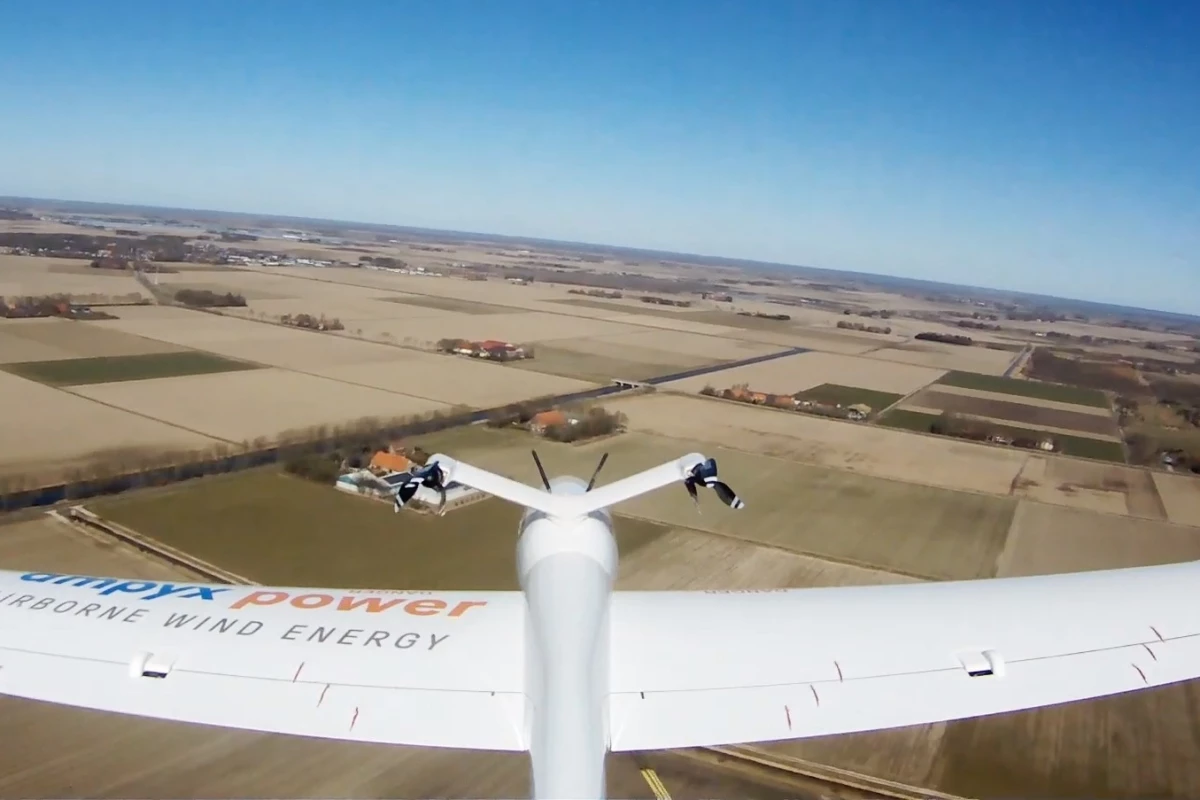Wind turbine towers have become a familiar sight in many parts of the world, but if Ampyx Power has its way, they could be replaced with fleets of tethered drones. Supported by ESA’s Navigation Innovation and Support Programme (NAVISP), the Dutch company is working on kite-like autonomous aircraft that harness the energy of high-altitude winds to run generators on the ground.
Wind turbine towers are one of the main pillars of the renewable energy movement, but as generators of electricity on an industrial scale, they leave much to be desired. One of their drawbacks is that, being set on the ground, they are harvesting from a narrow band of low-velocity winds. This means they tend to be very large and relatively inefficient.
In contrast, Ampyx Power wants to go after the high-wind altitudes above 200 m (660 ft) by means of large, tethered drones that would be connected to the ground by special lines linked to a winch. Similar to the Airborne Wind Turbine (AWT) and the TwingKite we've covered previously, the idea is that the drone would sail on the powerful high-altitude winds like a kite, executing various flight patterns to harvest energy. As it did so, the tether would pull on the winch, which would turn a generator.
According to the company, such a system could produce more energy than a conventional wind turbine, but would only need 10 percent of the material to build. In addition, such drones could be phased into the existing wind-power system by replacing older towers as they go offline.
However, ESA says that for such a technology to be practical, the drones will need a precision takeoff and landing system so they can return to earth when needed for inspection and maintenance. These landing areas would be very small platforms – even smaller than the wingspan of the aircraft – that could be set in rugged terrain or offshore.
To that end, the company, with the help of ESA's NAVISPand British tracking specialist Omnisense, is developing a navigational system of very high accuracy that can operate during a satnav outage. Using ultra-wideband positioning techniques, this locally-sited positioning system has a range of a kilometer and updates every hundredth of a second to provide a fix that is accurate to within 10 cm (4 in).
The video below explains the Ampyx Power system.
Source: ESA





